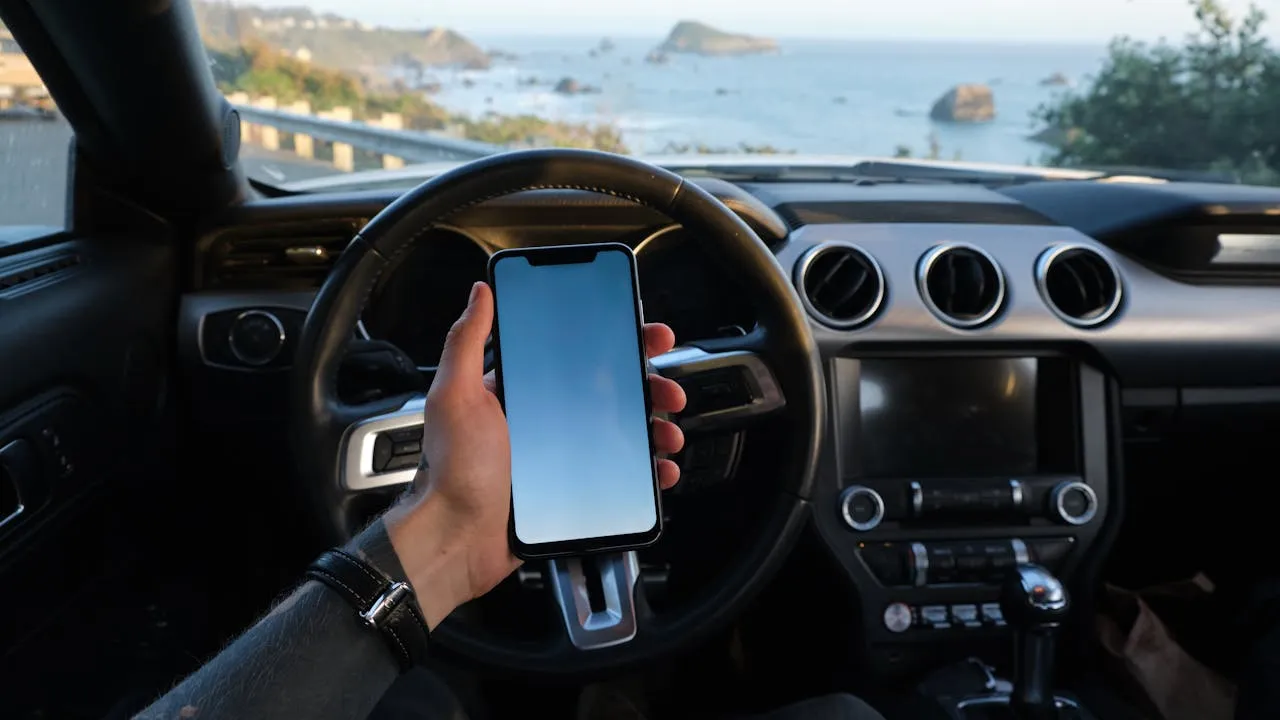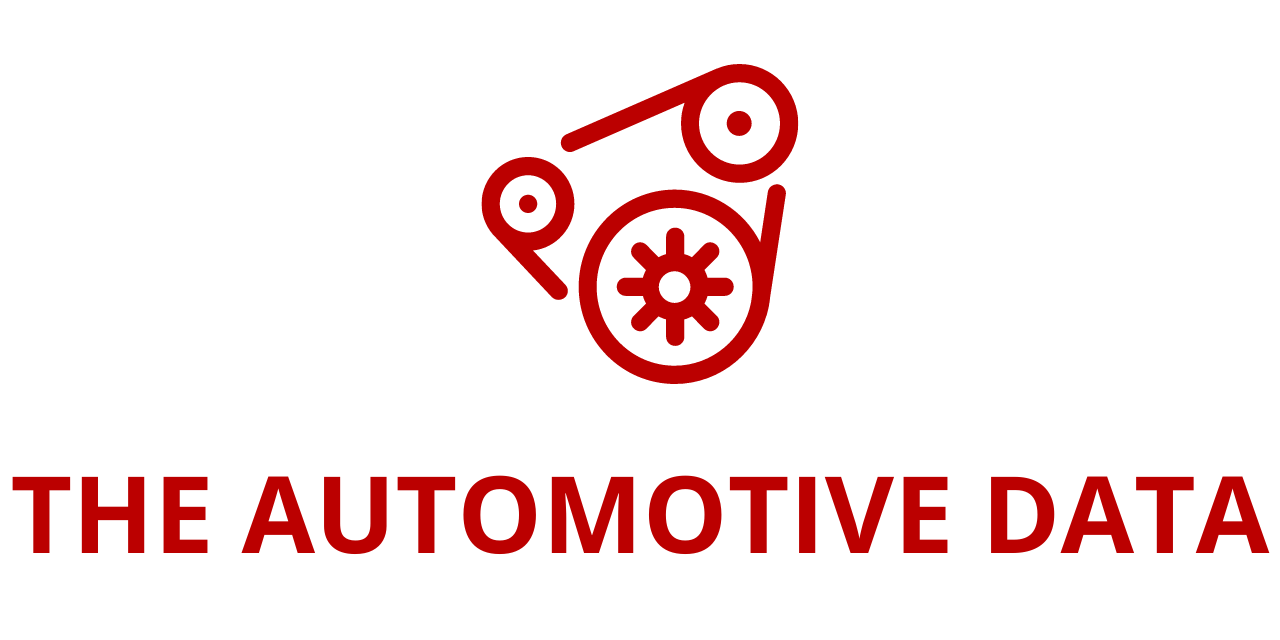
The Car Connectivity Consortium (CCC), an industry group focused on advancing vehicle-to-device connectivity, is convening in Hillsboro, Oregon, with leading device makers, automotive manufacturers, and technology firms. This gathering marks the CCC’s tenth Plugfest, emphasizing interoperability testing for CCC Digital Key™ solutions, particularly in ultra-wideband (UWB) and Bluetooth Low Energy (BLE) technologies.
Members including Google, Ellisys, Qualcomm, Thales, COMPRION, DEKRA, BMW Group, and other prominent automakers will collaborate to maximize the CCC Digital Key specification’s capabilities. This specification integrates UWB and BLE with existing near-field communication (NFC) features.
The Plugfest follows the CCC’s recent announcement that BMW Group and NXP® Semiconductors were the first to receive CCC Digital Key Certification for their NFC-based digital key products. This certification signifies that these products meet the CCC’s rigorous standards for secure and interoperable vehicle-to-device access. With plans to expand the certification program to include BLE for remote commands and UWB with BLE for full passive entry, the Plugfest’s work is crucial for advancing these technologies.
“Achieving certification for NFC components from two manufacturers is a significant milestone for the CCC Digital Key Certification Program,” stated Alysia Johnson, President of the CCC. “We are committed to advancing digital key solutions that integrate NFC, BLE, and UWB technologies, and we’re excited to continue this progress with our broader membership.”
Technavio’s recent report forecasts that the automotive digital market will grow by $891 million between 2024 and 2028, partly driven by the development of standardized digital key protocols. During this week’s Plugfest, the CCC will work with its members to refine CCC Digital Key applications, enhance implementations, and improve specifications and testing tools, ensuring optimal performance.







